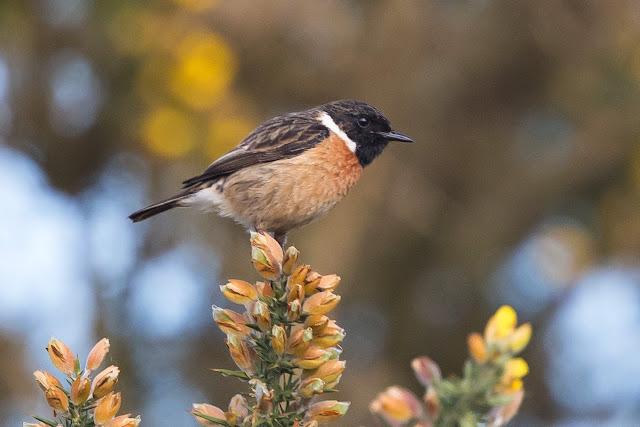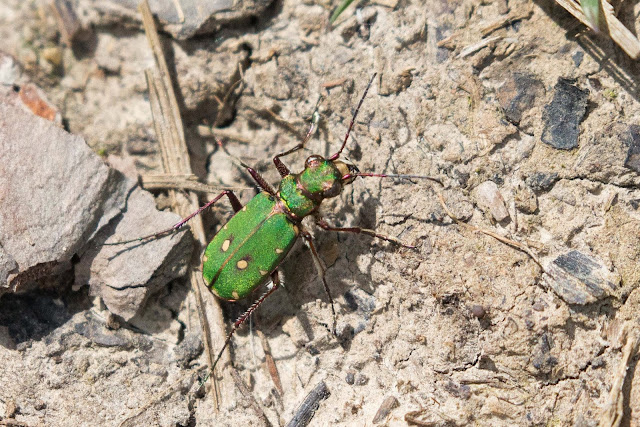Avocet - Nice views from Pumfrett Hide
The following morning (21st may) I had to drop Sarah off at Winchester train station and then head to Chichester for a survey so, knowing that the bird had been showing well at low tide in the morning from the coast road, I couldn't resist popping into Titchfield Haven again and as I arrived a small group of birders were staring intently at the mud and there it was, my first proper view of a Greater Yellowlegs in the UK. I enjoyed good scope views as it fed on the mud on the opposite bank of the river but my photos were poor due to the distance and the light conditions. Also here were around 100 Black-tailed Godwit which showed well close to the road. After 20 minutes the Greater Yellowlegs flew up-river and it was time for me to head-off.
Greater Yellowlegs - Distant shot of the adult from the coast road on the River Meon
at Titchfield Haven
The bank holiday weekend had largely been a working weekend for me but I was able to pop down to Pennington Marshes on 25th May. I parked at the corner of Lower Pennington Lane and walked to the Efford Lagoon, passed the Shoveler Pools, passed Fishtail Lagoon, out to Keyhaven Lagoon and back via Butts Lagoon and Shoveler Pools. The marshes are a great place at this time of the year with breeding in full swing although it is often fairly settled with few migrants coming through. Highlights included 30 Swift over Efford Lagoon, two Little Ringed Plover at Efford Lagoon, good views of many Reed Warbler, six Dunlin in summer plumage, three Spoonbill and two Avocet on Keyhaven Lagoon, four Great Crested Grebe offshore, six Common Tern and a Wall Brown.
Oystercatcher - A pair are breeding close to the road at Lower Pennington Lane
Reed Warbler - Good numbers breed in the reed beds
Cormorant - Sequence of shots of a bird eating an eel
Spoonbill - One of three showing at a distance on Keyhaven Lagoon
Coot - Keyhaven Lagoon
Common Tern - Sequence of shots showing the male courtship feeding a female. Note the male bird has a ring on the leg, I have seen this bird (presumably the same bird) feeding a female on this same post over the last three years




















































